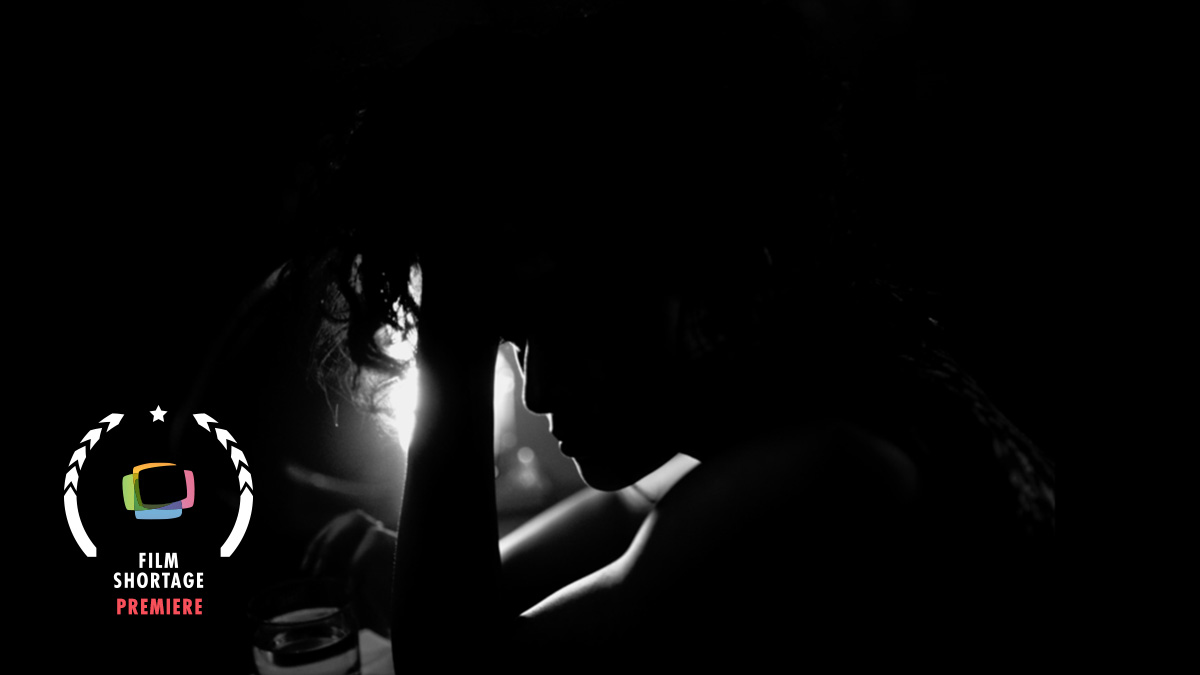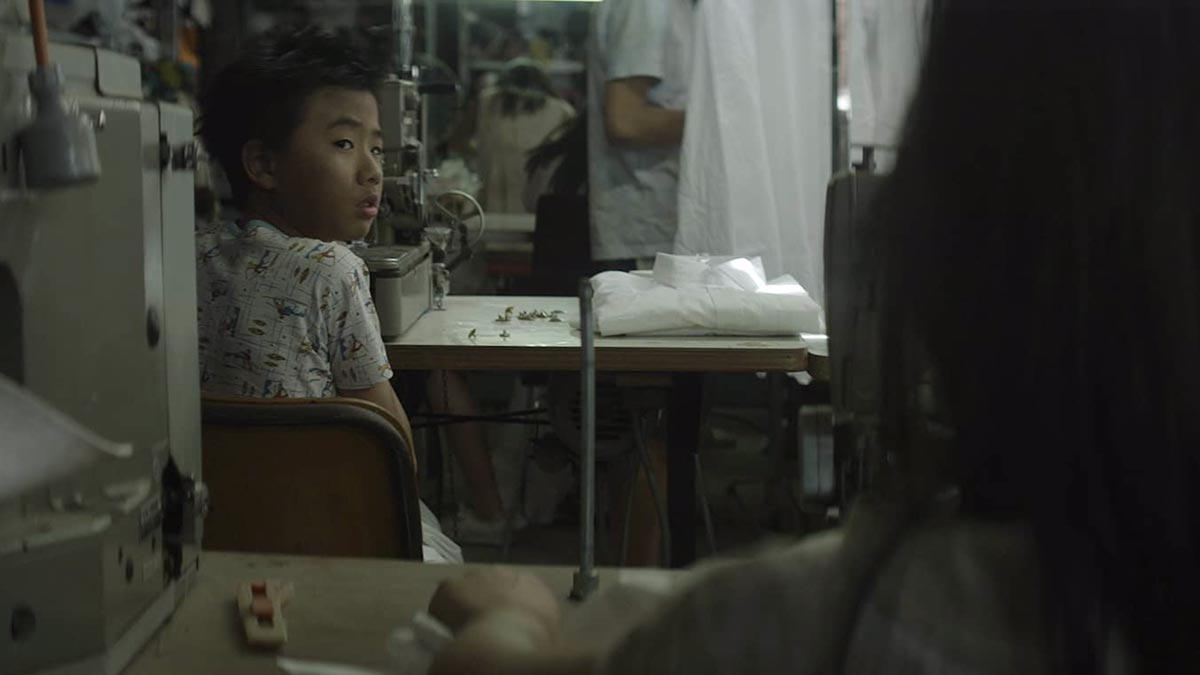A queer sixteen-year-old girl, Mahina, must navigate life on the streets in Oahu
In Hawaiian, Kamaʻāina means “Child of the Land” and refers to any resident born on the islands. Regardless of their racial background. Kimi Howl Lee brings us to a different side of the islands exposing the homelessness problems in the native community. We follow a queer sixteen-year-old girl, Mahina. She navigates life on the streets in Oahu, until she eventually finds refuge at the Pu’uhonua o Wai’anae––Hawaiʻi’s largest organized homeless encampment.
Although Kamaʻāina is set in paradise, the short will grant viewers a privileged glimpse into a largely neglected corner of the island. Wai’anae––the predominantly native, low-income neighborhood known as the “west side”. Wai’anae runs along Farrington Highway, and is comprised of fast-food chains and auto-part shops. A section of Oahu you don’t see displayed in travel magazines. According to federal statistics, Hawaiʻi has the highest homeless rate per capita in the nation. As well as the highest rate of homeless youth. Although Native Hawaiian’s make up only 10% of the population, nearly 42% suffer from homelessness. Priced out of Hawai‘i’s skyrocketing housing market, and failed by systemic negligence, many native people have turned to one another for support, and have built beautiful makeshift communities.
Pu‘uhonua O Wai‘anae is one example. The overwhelmingly Native Hawaiian and Pacific Islander community has created a safe, stable, thriving encampment. They live beneath a grove of kiawe trees, near the Wai‘anae Boat Harbor.
The film’s charm comes from its sincerity and reality. Without over-dramatizing homelessness Kimi sets a subtle tone that let’s us better understand the teenager’s journey. With the cast being primarily houseless actors, the story took shape with a hybrid of real-life experiences and fiction. Something that gave the film its rather unique and defined tone.
The intention with Kamaʻāina was to shed light on the staggering homeless crisis
This past summer, I was fortunate enough to tour the Pu’uhonua o Wai’anae, and was able to interview the de fato governess of the encampment: Twinkle Borge. As a self-identifying queer woman, Aunty Twinkle strives to provide a safe-haven for LGBTQIA identifying youth. In addition to presiding over 260 displaced families living in the abandoned boat harbor, Twinkle has also single-handedly raised dozens of minors, including many LGBTQIA teens who have turned to her for shelter.
My intention with Kamaʻāina was to shed light on the staggering homeless crisis that plagues Hawaiʻi’s youth, without fetishizing their situation. The cast was comprised of primarily houseless, first-time actors––including our sixteen-year-old lead, Malia Kamalani––whom I met at the local Starbucks. I am tremendously grateful that Twinkle granted me permission to shoot in the Pu’uhonua o Wai’anae, and that Malia was so generous in sharing and re-enacting her experience. My hope is that this film will vindicate the unsheltered souls living off the land.




